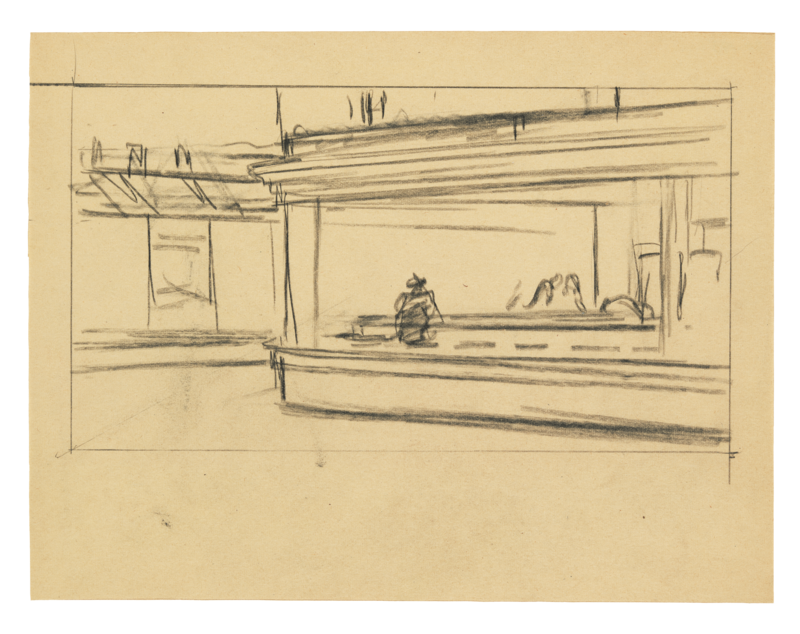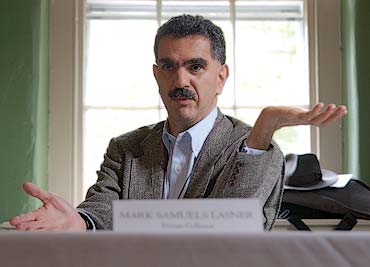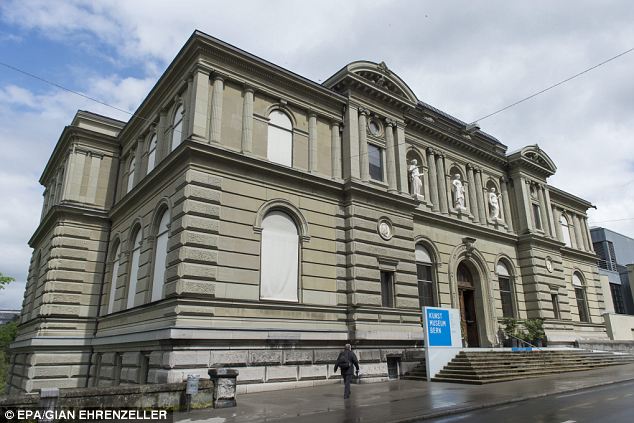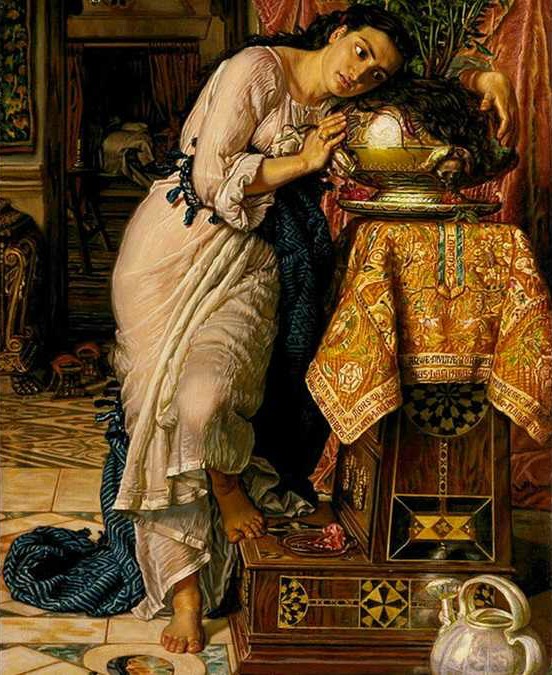The Association of Art Museum Curators met in Detroit last week — a show of support for the city and the Detroit Institute of Arts, as disclosed here last year — and handed out awards. They are always interesting, as recognition by one’s peers is the highest form of praise, and this year they are very interesting — none of the usual suspects won awards.
 In exhibitions, the top award, for museums with an operating budget of more than $20 million, went to Red, White + Bold: Masterworks of Navajo Design, 1840 – 1870, curated by Nancy J. Blomberg, of the Denver Art Museum. I didn’t see that show, but I previewed the museum’s SPUN suite of exhibitions for The New York Times (here) and spoke with Bromberg about it. Good choice, I think.
In exhibitions, the top award, for museums with an operating budget of more than $20 million, went to Red, White + Bold: Masterworks of Navajo Design, 1840 – 1870, curated by Nancy J. Blomberg, of the Denver Art Museum. I didn’t see that show, but I previewed the museum’s SPUN suite of exhibitions for The New York Times (here) and spoke with Bromberg about it. Good choice, I think.
Here are the others:
In EXHIBITIONS:
Museums with an operating budget between $4-20M
First Place:Â Yoga: The Art of Transformation, curated by Debra Diamond, Arthur M. Sackler Museum, Smithsonian Institution, Washington
Honorable Mention:Â Wangechi Mutu: A Fantastic Journey, curated by Trevor Schoonmaker, Nasher Museum of Art, Duke University, Durham, North Carolina
Museums with an operating budget under $4M
First Place (TIE): An Errant Line: Ann Hamilton/Cynthia Schira, curated by Susan Earle, Spencer Museum of Art, University of Kansas, Lawrence, Kansas; and Encounters: The Arts of Africa, curated by Allyson Purpura, Krannert Museum, University of Illinois at Urbana-Champaign, Illinois
Honorable Mention: More Love: Art, Politics, and Sharing since the 1990s, curated by Claire Schneider, Ackland Art Museum, University of North Carolina, Chapel Hill, North Carolina
In EXHIBITION CATALOGUES, we’ll go from small to large…
Museums with an operating budget under $4M
First Place: The Polaroid Years: Instant Photography and Experimentation by Mary-Kay Lombino and Peter Buse, Frances Lehman Loeb Art Center, Vassar College, Poughkeepsie, New York
Honorable Mention: Modern Nature: Georgia O’Keeffe and Lake George by Erin B. Coe, Gwendolyn Owens, and Bruce Robertson, The Hyde Collection, Glens Falls, New York
Museums with an operating budget between $4–20M
First Place: Yoga: The Art of Transformation by Debra Diamond, et al., Arthur M. Sackler Gallery, Smithsonian Institution, Washington
Honorable Mention:Â Picturing Power: Portraiture and Its Uses in The New York Chamber of Commerce, by Karl Kusserow, Elizabeth Blackmar, Paul Staiti, et al., Princeton University Art Museum, Princeton, New Jersey
 Museums with an operating budgets over $20M
First Place: Hopper Drawing by Carter E. Foster, Daniel S. Palmer, Nicholas Robbins, et al., Whitney Museum of American Art, New York
Honorable Mention (TIE): German Paintings in the Metropolitan Museum of Art, 1350-1600 by Maryan W. Ainsworth and Joshua P. Waterman, Metropolitan Museum of Art, New York AND Rauschenberg Research Project by Sarah Roberts, Nicholas Cullinan, Susan Davidson, et al., at the San Francisco Museum of Modern Art, San Francisco, California.
And finally, in ARTICLES AND ESSAYS:
First Place: Charles Marville: Hidden in Plain Sight by Sarah Kennel, National Gallery of Art, Washington, DC
Honorable Mention: Delacroix and the Matter of Finish by Eik Kahng, Santa Barbara Museum of Art
Congratulations, all. I wish I had seen more of these exhibits.
Photo Credit: Hopper Study for Nighthawks, Courtesy of the Whitney Museum




